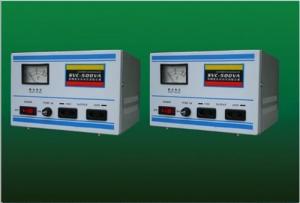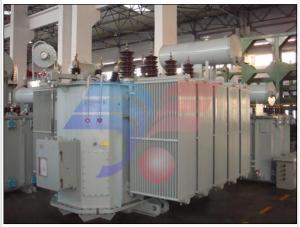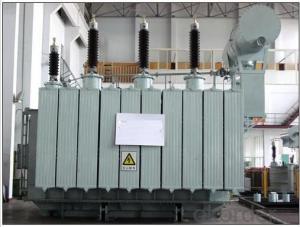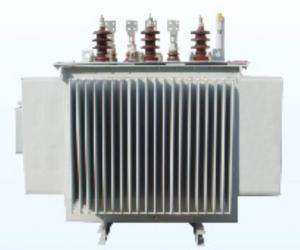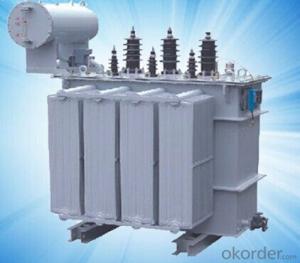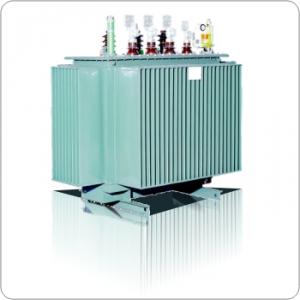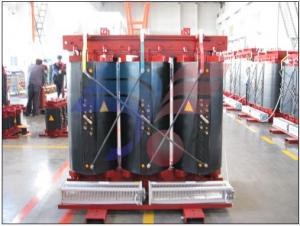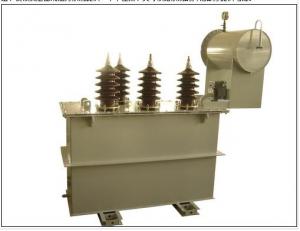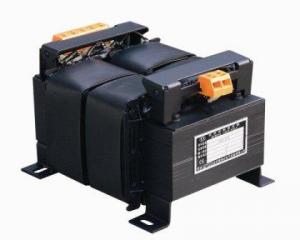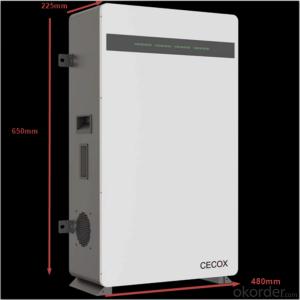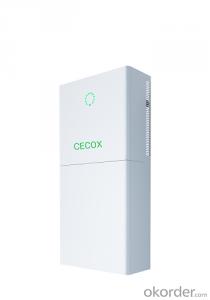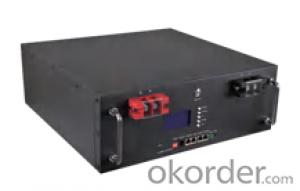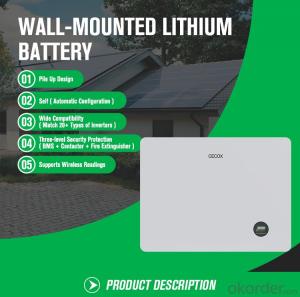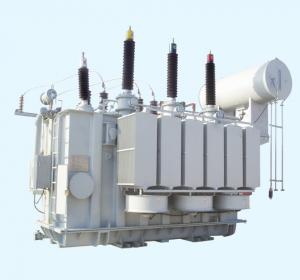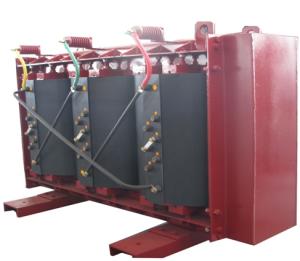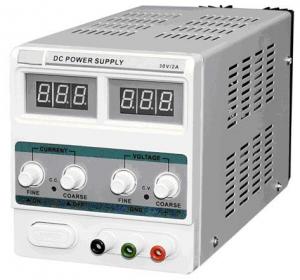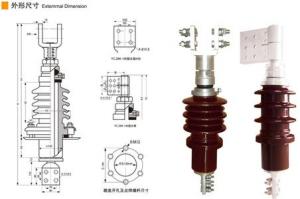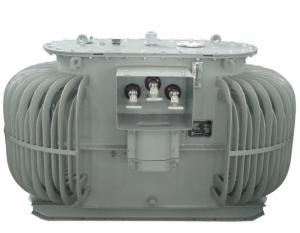SVC2 Automatic Voltage Stabilizer
- Loading Port:
- Shanghai
- Payment Terms:
- TT OR LC
- Min Order Qty:
- -
- Supply Capability:
- 10000pcs pc/month
OKorder Service Pledge
Quality Product, Order Online Tracking, Timely Delivery
OKorder Financial Service
Credit Rating, Credit Services, Credit Purchasing
You Might Also Like
1.Application
SVC(Three) automatic regulator voltage consists of contact voltage regulator,sampling control circuit and servomotor as well.It has excellent features,such as small waveform distortion,high efficiency,high power factor,free from the effect or frequency variation of supply. It can be widely used in most situations where the voltage stabilization is required.
2. Specification
| Input voltage | 280V-430V |
| Output voltage | 380V¡À3% |
| Phase | Three phase |
| Frequency | 50Hz/60Hz |
| Response | <1 sec. (against 10% input voltage deviation) |
| Efficiency | Better than 90% |
| Ambient temperature | -10oC~+40oC |
| Relative humidity | Less than 90% |
| Waveform | Non-lack fidelity waveform |
| Insulation resistance | >5MΩ |
3. Outline and packing
| Type | Outline(cm) | Weight(Kg) | Qty/CTN | ||
|---|---|---|---|---|---|
| L | W | H | |||
| SVC-1.5KVA-3 | 48.5 | 22.5 | 17 | 16.5 | 1PCS |
| SVC-3KVA-3 | 48.5 | 22.5 | 17 | 24 | 1PCS |
| SVC-4.5KVA-3 | 48.5 | 22.5 | 17 | 25 | 1PCS |
| SVC-6KVA-3 | 39 | 31.5 | 77 | 36.5 | 1PCS |
| SVC-9KVA-3 | 43.5 | 36 | 77 | 49.6 | 1PCS |
| SVC-15KVA-3 | 48 | 36 | 70 | 65.5 | 1PCS |
| SVC-20KVA-3 | 51.5 | 40.5 | 85 | 88 | 1PCS |
| SVC-30KVA-3 | 59 | 46 | 109 | 108 | 1PCS |
| SVC-40KVA-3 | 64.5 | 52.5 | 109 | 190 | 1PCS |
| SVC-50KVA-3 | 64.5 | 52.5 | 109 | 203 | 1PCS |
| SVC-60KVA-3 | 64.5 | 52.5 | 109 | 210 | 1PCS |
| SVC-75KVA-3 | 67 | 56.5 | 130 | 240 | 1PCS |
| SVC-100KVA-3 | 67 | 56.5 | 130 | 260 | 1PCS |
- Q:I would like to use this circuit to power arrays of high power LED'sI understand the properties required to power LED'sI have beginners knowledge in electric circuits and have done some research on this circuit. I have come across several posts stating it is dangerous to connect this circuit straight to mains power. I don't understand is what makes it is so dangerous?AndIf possible, how can it be made safe without using a transformer.
- Assume the bottom of your AC power source is neutral, and that your voltage source is 120 volts AC when the voltage source has reached a maximum positive voltage (+170 volts), diode D1 is forward biased and connects that to the + side of the electrolytic capacitor. This is a definite safety hazard. The negative side of the capacitor is not safe either. When the AC source reaches its most negative voltage (-170 volts), diode D2 is forward biased and connects the - side of the electrolytic capacitor to that voltage. The voltage across the capacitor will be 170 volts the circuit working just as a full wave bridge rectifier should work. But the + side of the electrolytic capacitor will have a voltage with respect to neutral (and ground since the neutral is tied to ground in the circuit breaker panel) that varies from 0 to + 170 volts this is basically a 60 Vrms AC voltage superimposed on +60 DC volts. And the - side of the capacitor will have a 60 Vrms AC voltage superimposed on -60 DC volts with respect to neutral and ground.
- Q:if the transformer converts 240v ac to 8V ac, ratio 30:1 then it should step up the voltage by the same ratio, i.e, 15V ac to 450v ac.but it's not the case !!
- Ok firstly,you're going to need ALOT more than 80v if you plan to power a transformer. When in its transport form, be it a plane, car, lorry etc you can run it on ordinary diesel fuel, however in Robot form, In order to make it walk, your transformer would need far more power than a diesel engine could provide. Take Optimus Prime for example, the weight ratio of Prime, which would likely exceed 75 to 80 lbs per inch might be impossible to provide enough power to move your transformer on two legs. If you are well educated in hydraulic engineering, hydraulic power might allow your transformer to walk, but the hydraulic system itself would create a different lot of problems.The hydraulic pipes, along with your transformers fuel lines and electrical wiring, would have to remain undamaged or even untouched during transformation, and a secondary power source must be used to power the hydraulic pumps. In conclusion, If you're planning to power 35 to 40 tons of pure machine, good luck. Hope this helped.
- Q:What are the transformer capacity?
- Transformer capacity has the following (unit kVA): 10 20 30 50 80 100 125 160 200 250 315 500 630 800 1000 1250 1600 2500 and so on
- Q:Altium designer DXP transformer in the same name how to change?
- You can re-draw one, you can also copy the source file in the transformer to change it. As for the PROPERTIES you said in the EDIT PINS NAME option, that is only your name to the pin, help to understand. For example, a transformer with only one primary edge and one secondary side, and the same name (two points of the graphics port) are located in the top, 1,2 pin on behalf of the original side, 3,4 pin on behalf of the secondary, Or 2,4) is the same name. 1,2 PIN (PIN) name (NAME) were Pri +, Pri-; 3,4 pin were Sec +, Sec-. Obviously here pri and sec are primary and second abbreviations, namely the primary and secondary, and +, - can be understood as positive and negative, can also be understood as the same as + (or -) at both ends of the same name. Transformer with the name of the most obvious label is the graphics on the two points. You in the schematic after the change and then on the line. I am also doing this, need to change the same name. You can exchange.
- Q:I bought a guitar amp Line 6 Spider III 30W in the US last week. I live in Asia where the power supply is 220v 53Hz. I was wondering which is the best 220v to 110v transformer I can use to use this gear here in Asia? I am afraid to lose my 199 USD investment due to a electrical problem.
- Transformers are pretty much a commodity item. If your 220 supply is stable, just about any transformer will do. Get one in a case with a power switch and a fuse, which is really all the protection you need. If your electrical supply is erratic you'll have to think more carefully. A 100-watt transformer is more than enough for a 30-watt amp. You could probably get away with a 50-watt transformer, but the higher rating will ensure that it runs cool and lasts a long time.
- Q:Hello everyoneMy last question may be a little misleading and I couldn't respond to my own question so please forgive me when I rephrase it again.I have a 65w stepdown Input230/240 AC, Out: 115V AC. 65VA transformer and I wanted to know if I should be concerned about how much electricity the transformer draws just by the fact that it is plugged into the wall socket even when the hardware connected to it is not on.I don't need an exact figure. Just a layman's terms as what your typical transformer would draw. An absolute average idea of the average transformer.If I turn the transformer off, all my appliances will need to be reset when I turn the transformer back on again.So does an average one consume as much as a light bulb, or say something much more. like a computer etc.I just need a general idea. Thank you.
- As jack w correctly says, transformers are among the most efficient machines around; more than 99% efficient. The slight warmth you feel when you touch a transformer is the energy wasted as heat. So a 65 watt transformer wastes less than a watt of power when it isn't putting out any power. At the price we pay for power here in NZ, that's not much more than 1/100 of a cent an hour. So the money you waste per day by leaving it plugged in wouldn't even buy you a dog turd.
- Q:I took apart a wall transformer before and soldered a single AA battery to the outputs and touched the what was before inputs and it gave me a shock. This is because it stepped up the power to something like 113v. Could I instead of a AA battery use 110 from the wall. Would it do the same thing. Or would it just overheat the transformer. And what would the amps be. I’m trying to make like a 20amp welder for just screwing around with.
- A battery will not work with a transformer. Transformers rely on alternating current (AC), whereas a battery provides only direct current (DC). The voltage at the output terminals will be zero, except for the instant at which you connect/disconnect the battery. Be very careful working with transformers, as they can create deadly voltages. Also, connecting/disconnecting an inductor can create enormous transient voltages across the terminals (especially if a DC current was applied), causing a spark. The step-up equation for a transformer is V1/V2 N1/N2 For example, if you connect the 110VAC wall outlet to a 10,000-turn solenoid, and the output terminals are connected to a 200,000-turn solenoid, the output terminals will be 2200VAC. Alternatively, due to conservation of energy, the current will be inversely proportional to the winding ratio.
- Q:A I have a 230V/12V, 3A step-down transformer. What will happen at primary side of transformer if I attach a 12V/5A device at secondary side? Will primary side attributes (such as voltage or current) change?
- the transformer converts Watts if it is rated at 12V 3A it means 36 Watts if you load-it more than that it will overheat and eventually burn the primary current is proportional to the secondary current however with an overload of 5 A as oppose to a load of 3 A it may last for several hours before becoming too hot the answer is yes you can run your load for a while provided that you monitor the temperature and watch the situation however do not load over 3 times the rating (8~9A) for any length of time more than 1 second A
- Q:i would say transformers alll the way
- i like them both even though i like twilight. I still like to watch transformers. I like them both.
- Q:If I have a step down transformer, the voltage in the second coil decreases. From conservation of energy (Power of firstpower of second coil) the powers are equal. But if PU*I and the voltage decreases, does the second coil have a higher current in order to maintain its power?
- A transformer makes use of Faraday's law and the ferromagnetic properties of an iron core to efficiently raise or lower AC voltages. It of course cannot increase power so that if the voltage is raised, the current is proportionally lowered and vice versa. hyperphysics.phy-astr.gsu.edu/hba Goodbye
1. Manufacturer Overview |
|
|---|---|
| Location | |
| Year Established | |
| Annual Output Value | |
| Main Markets | |
| Company Certifications | |
2. Manufacturer Certificates |
|
|---|---|
| a) Certification Name | |
| Range | |
| Reference | |
| Validity Period | |
3. Manufacturer Capability |
|
|---|---|
| a)Trade Capacity | |
| Nearest Port | |
| Export Percentage | |
| No.of Employees in Trade Department | |
| Language Spoken: | |
| b)Factory Information | |
| Factory Size: | |
| No. of Production Lines | |
| Contract Manufacturing | |
| Product Price Range | |
Send your message to us
SVC2 Automatic Voltage Stabilizer
- Loading Port:
- Shanghai
- Payment Terms:
- TT OR LC
- Min Order Qty:
- -
- Supply Capability:
- 10000pcs pc/month
OKorder Service Pledge
Quality Product, Order Online Tracking, Timely Delivery
OKorder Financial Service
Credit Rating, Credit Services, Credit Purchasing
Similar products
New products
Hot products
Related keywords
